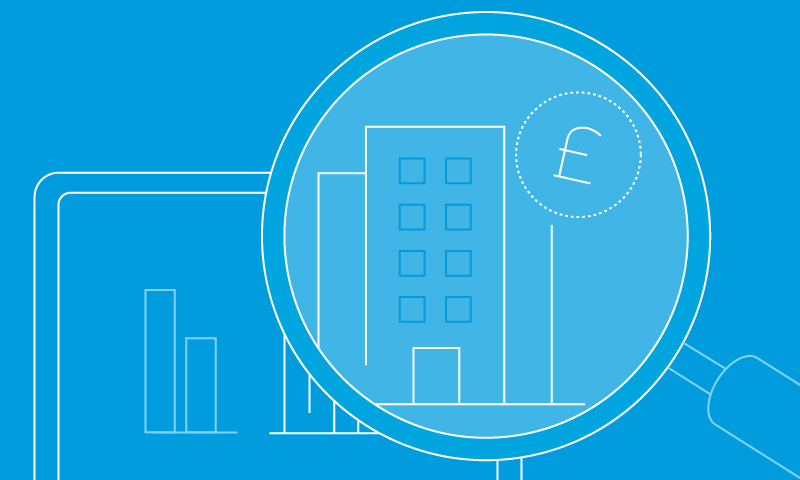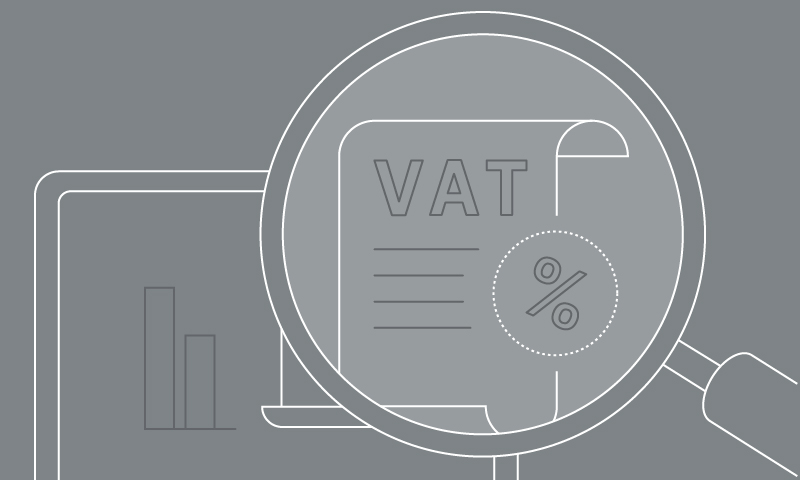18 November 2022
Chancellor manages to walk a tightrope
The chancellor’s Autumn Statement came in largely as expected with total tax rises and spending cuts of around £55bn, roughly split between tax rises and spending cuts. Financial markets have taken the news in their stride with 10-year gilt yields and the pound barely moving, despite the chancellor’s new fiscal rules being significantly looser than previously. Admittedly, the Office for Budget Responsibility’s (OBR) forecasts paint a dire picture of the economic outlook over the next two years, with a year-long recession and a record-breaking fall in households’ real incomes expected. But the measures announced by the chancellor probably won’t significantly deepen that recession.
Three pitfalls avoided – one to go
Before the Autumn Statement we identified four major risks that the chancellor would have to avoid – he’s managed to swerve three.
First, was the risk that he wouldn’t do enough, and that financial markets would react negatively in a repeat of the mini-Budget chaos. Admittedly, the pound is down slightly, but gilt yields are stable at around 3.2%.
Second, was the risk that, in an effort to regain credibility in the market, he would do too much and deepen the recession. By pushing most of the spending cuts out past 2025, beyond the next election, and avoiding slashing investment spending over the next two years, Mr Hunt probably hasn’t made the recession any worse than we already thought it was going to be. Although, given he still has £9.2bn of headroom against his target, the cuts could have been a bit smaller.
Third, with a fractious Conservative party there was a risk that he would have to take difficult decisions that would risk a backbench rebellion. By raising benefits in line with inflation and keeping the triple lock on pensions, he has probably avoided that.
Fourth, with public sector workers facing huge declines in their real incomes, the risks of economically disruptive strikes over the winter has increased. The chancellor confirmed that public sector spending will grow over the next five years, but at a slower rate than the economy. It is doubtful there is much room for inflation busting pay rises within departmental budgets.
Dire economic outlook
Focusing tax rises on the wealthy (who amassed the most savings during the pandemic and have the lowest propensity to spend) and windfall taxes on the excess profits made by energy companies will limit the hit to spending in the rest of the economy. What’s more, by uprating benefits in line with inflation, raising the National Living Wage by 9.7% and announcing further direct support to vulnerable households, the chancellor is supporting the incomes of those with the highest propensity to spend.
However, much of that will be offset by increases in energy prices. From April, the typical household’s annual energy bill will rise to £3,000, from £2,500 at present, and grants to low-income households will be worth only £900, down from £1,300 at present. The increase in the energy price cap will mean that inflation falls more slowly from April than we initially thought, but it probably only adds about 0.5% to inflation next year.
As a result, real household disposable income (RHDI) per person is set to fall more than 7% over the next two years. This is by far the biggest fall on record and would return real incomes back down to their 2014 levels.
This is the key reason why the OBR expects the economy to be in recession from Q3 2022 to Q3 2023, with a 2.1% fall in GDP, roughly in line with our own forecasts. The chancellor wisely avoided making the sums add up by slashing investment spending, which will remain on its current path over the next two years. And most of the spending cuts have been delayed until 2025, after the next general election, so may not ultimately occur.
Outlook for interest rates unchanged
The chancellor's announcements probably won’t make much difference to the outlook for interest rates. Protecting spending on investment will ensure that the supply side of the economy doesn’t take another unnecessary hit, while the big hit to real incomes over the next year will ensure, despite the extra support for vulnerable households, that demand doesn’t increase by more than the Bank of England expects.
Admittedly, with most of the fiscal tightening not taking place until 2025/26, the Bank will need to raise interest rates. But we don’t think this is a material change. As such, we still expect a rise of 0.5% in December and for rates to peak at about 4.5% early next year.







